The sea has many secrets and its abyss holds invaluable traces of history that are yet to be discovered. Recently, divers in Italy stumbled upon a statue in the depths of the Bolsena Lake, per a Facebook post from the Superintendence of Archaeology, Fine Arts, Landscape, Southern Etruria. The statue is a female figurine and holds crucial importance in the study of history. Dating from between the 10th and 9th centuries BCE, it is a remarkable find for archaeologists. “This is an exceptional find, unique at the moment from this important archaeological context which is giving us back aspects of daily life in the early Iron Age, still little known in southern Etruria,” the caption explained.
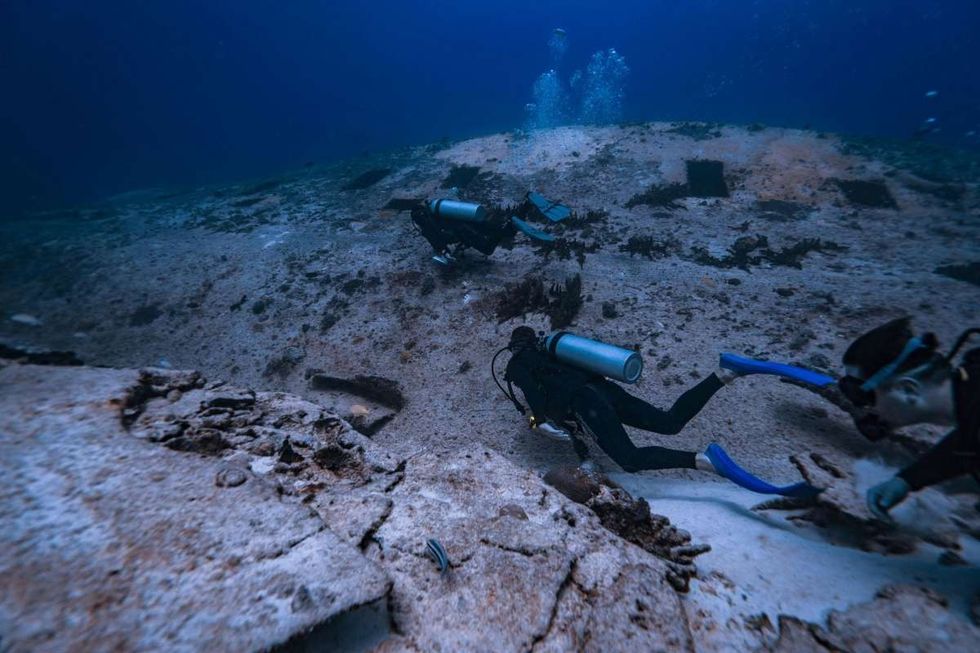
But what is it about the statue apart from its historic feature that has the researchers impressed? For one, the figurine was made with undercooked clay and was incomplete but perfect. The statue even had the fingerprints of the maker. “The barely sketched figurine, even in its female connotations, is made of undercooked clay, and still shows the signs of the fingerprints of the person who modeled it,” read the caption. Additionally, the researchers even found an imprint of fabric texture under the chest of the figurine, pointing out that it was probably “dressed.”
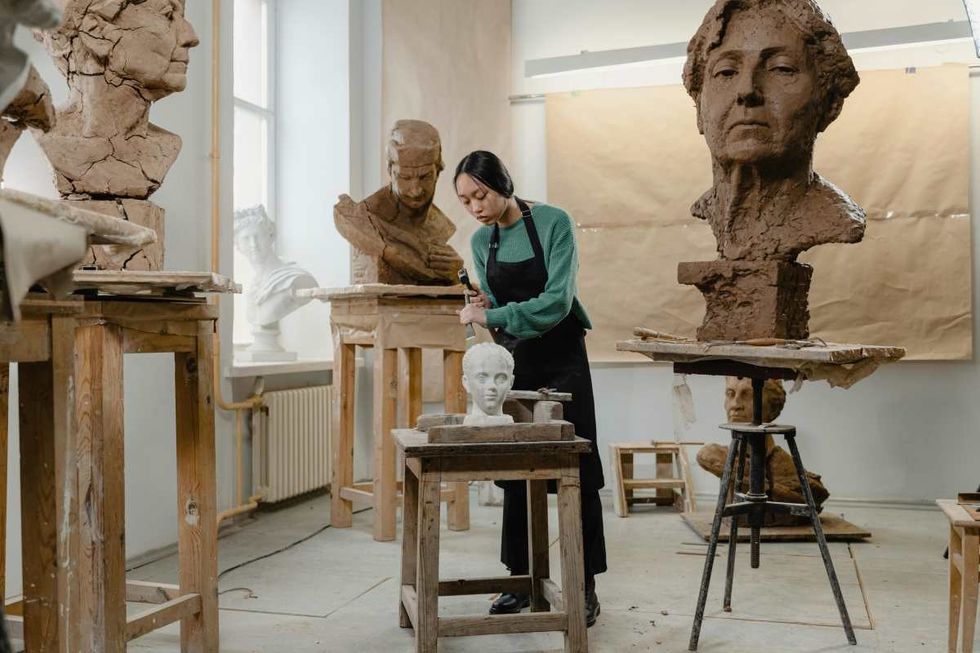
The post included pictures of the divers who found the artwork and the statue itself. The statue as described in the caption, seemed to be a female figure and looked incomplete. Per the picture, the statue seemed to have been buried, again hinting at some kind of ritual. The finger imprints also have the potential to reveal a lot more. The fact that the statue is more or less intact and even holds the fingerprints after millennia has archaeologists baffled. It is assumed that the statue is that of an ancient goddess, per Archaeology News.
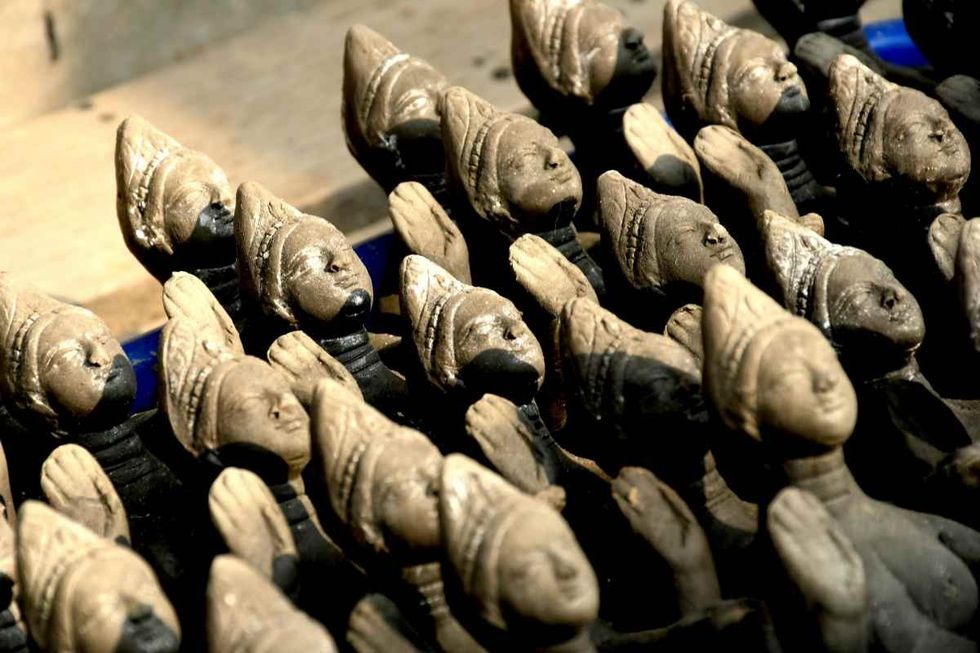
All the bits of information pointed towards the idea that the statue must have been used for some kind of ritual and was probably submerged. Moreover, the fact that the statue has various markings indicates that it was dressed for the aforementioned rituals. The find was made during a project by Italy’s National Recovery and Resilience Plan, which has been going on to create an underwater path for tourists at Gran Carro di Bolsena.
“This is an exceptional discovery, one of a kind,” said one of the archaeologists. Additionally, Gran Carro, the site where the statue was found, is known for its historic deposits and archaeological interest. Several artifacts and ancient finds such as stones, coins and so on have been made over the years in this place. The finding of the statue adds more volume to the discoveries altogether. Several people are intrigued to understand more about the discovery.
The official post gained a lot of traction from users who were as mesmerized by it as much as the researchers. One user, Shelby Varney, commented, “So cool that the ancient artist's fingerprints are still on that lump of clay.” Another user, Karen Armstrong, added, “That's an amazing archeological find.”


















 Pictured: The newspaper ad announcing Taco Bell's purchase of the Liberty Bell.Photo credit: @lateralus1665
Pictured: The newspaper ad announcing Taco Bell's purchase of the Liberty Bell.Photo credit: @lateralus1665 One of the later announcements of the fake "Washing of the Lions" events.Photo credit: Wikimedia Commons
One of the later announcements of the fake "Washing of the Lions" events.Photo credit: Wikimedia Commons This prank went a little too far...Photo credit: Canva
This prank went a little too far...Photo credit: Canva The smoky prank that was confused for an actual volcanic eruption.Photo credit: Harold Wahlman
The smoky prank that was confused for an actual volcanic eruption.Photo credit: Harold Wahlman
 Packhorse librarians ready to start delivering books.
Packhorse librarians ready to start delivering books. Pack Horse Library Project - Wikipedia
Pack Horse Library Project - Wikipedia Packhorse librarian reading to a man.
Packhorse librarian reading to a man.
 Fichier:Uxbridge Center, 1839.png — Wikipédia
Fichier:Uxbridge Center, 1839.png — Wikipédia File:Women's Political Union of New Jersey.jpg - Wikimedia Commons
File:Women's Political Union of New Jersey.jpg - Wikimedia Commons File:Liliuokalani, photograph by Prince, of Washington (cropped ...
File:Liliuokalani, photograph by Prince, of Washington (cropped ...
 Theresa Malkiel
commons.wikimedia.org
Theresa Malkiel
commons.wikimedia.org
 Six Shirtwaist Strike women in 1909
Six Shirtwaist Strike women in 1909
 U.S. First Lady Jackie Kennedy arriving in Palm Beach | Flickr
U.S. First Lady Jackie Kennedy arriving in Palm Beach | Flickr
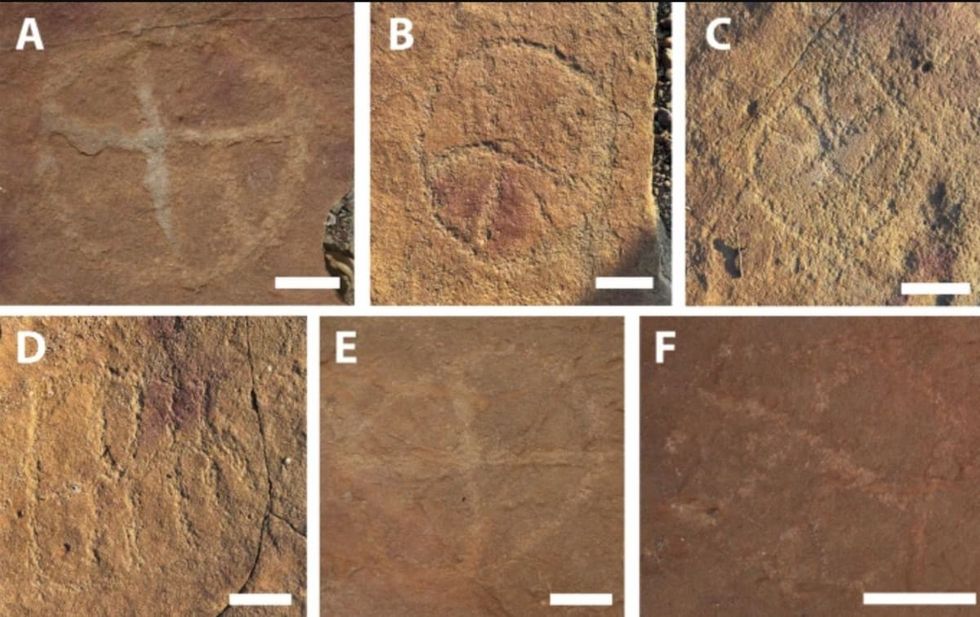 Image Source:
Image Source: 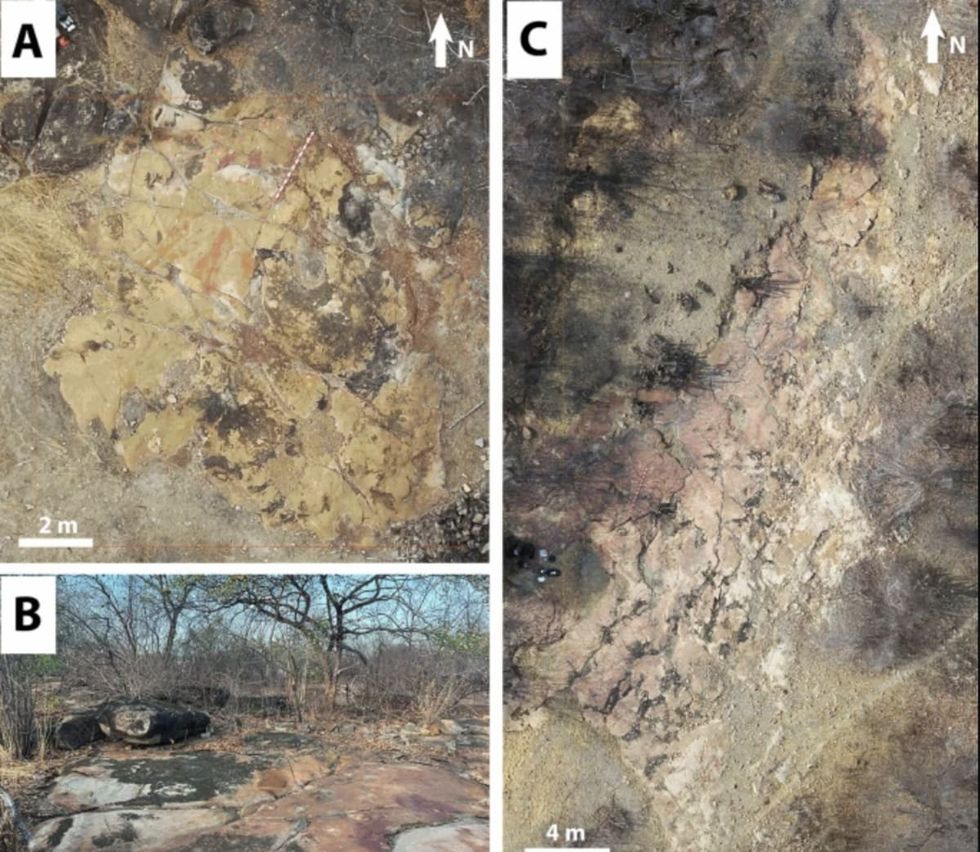 Image Source:
Image Source: 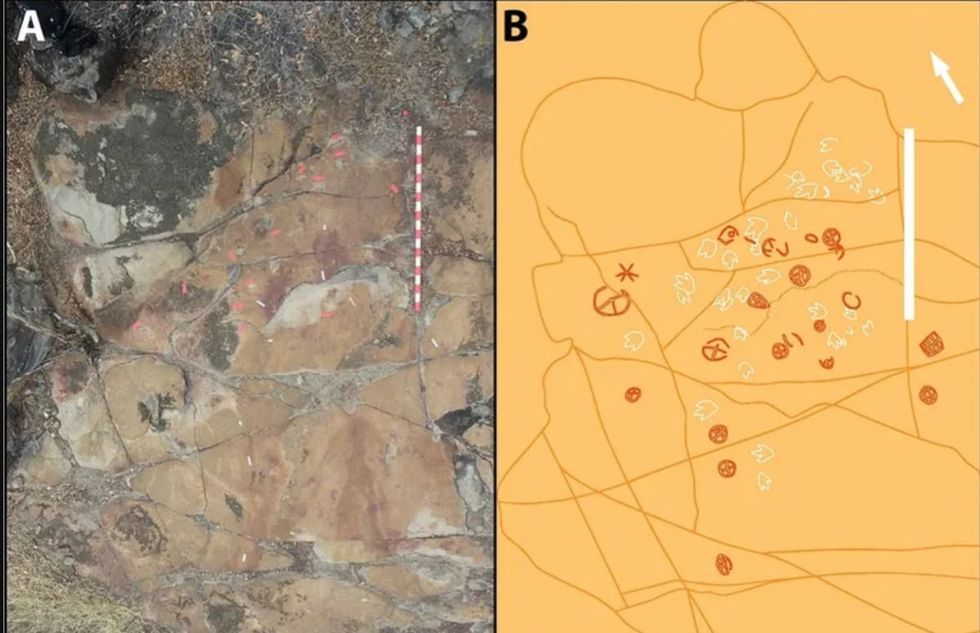 Image Source:
Image Source: 